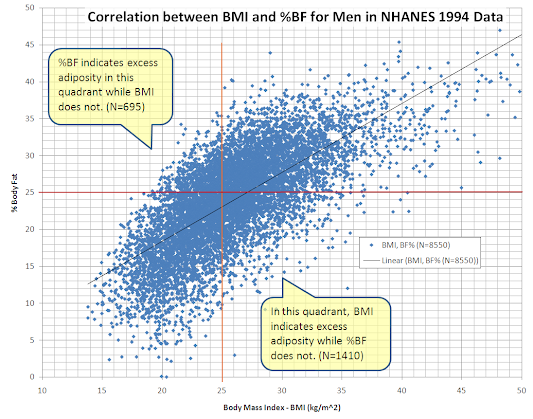Biases and bathing suits
How can we tell if we are measuring what we think we are measuring?
This all is a way of saying: we are aware we are biased.
Ascertainment bias is a form of systematic error that occurs during data collection.
It occurs when participants are not representative of the target population.
Research design solution: random sampling.
In medicine, it's when participants are selected based on diagnostic and demographic inclusion criteria, rather than by convenience sampling.
Attrition bias is the selective dropout of some participants, who systematically differ from those who remain in the study.
Research design solution: intention-to-treat analysis.
In medicine, it's when investigators compare baseline data from participants who leave with those who remain at the end of the study.
Placebo effect is a phenomenon where people report real improvement after taking a fake or nonexistent treatment, called a placebo.
Because the placebo can’t actually cure any condition, any beneficial effects reported may be due to a person’s belief or expectation that their condition is being treated.
However, the placebo effect is not exclusively attributed to psychology. It could also be due to other biases, such as regression to the mean and confirmation bias.
Research design solution: double-blinding.
In medicine, it's when the researchers performing the experiment, as well as study participants, are unaware of each subject’s group assignment.
Publication bias means that a study’s findings determine whether it will be published, rather than the study design, relevance of the research question, or overall quality.
Because the academic community tends to view positive studies more favorably than negative ones, these are more likely to be published, increasing type I errors (false positives).
Research design solution: clinical trial registries.
This occurs when a paper describing the hypothesis, clinical study protocols, and expected statistical power is published before data analysis is completed.
For more information see here.




Comments
Post a Comment